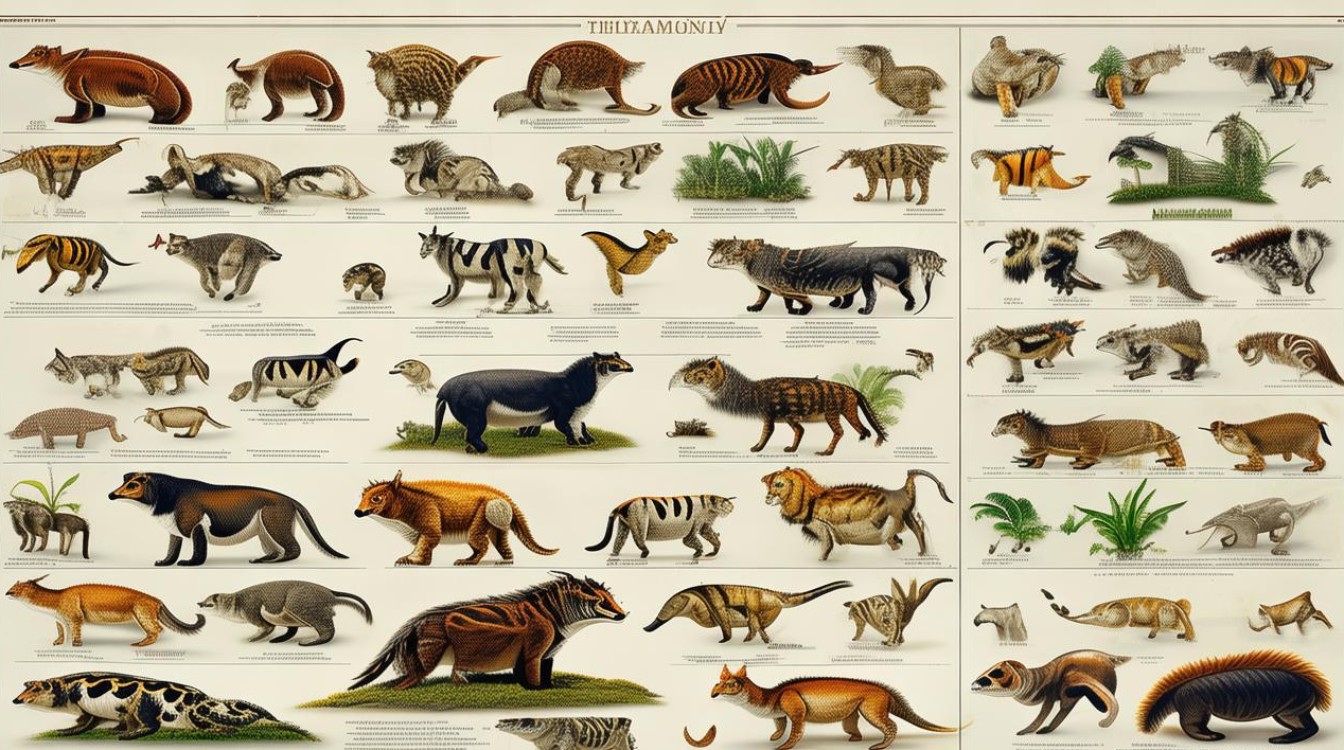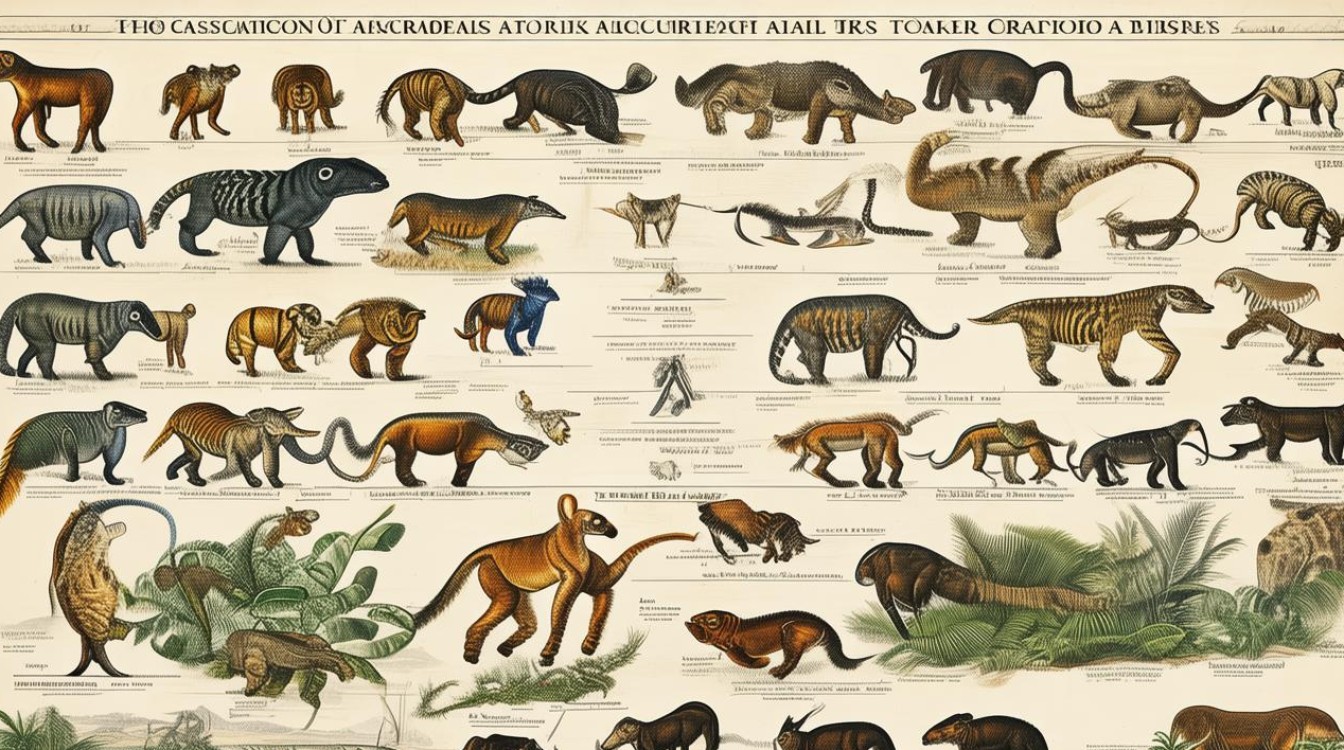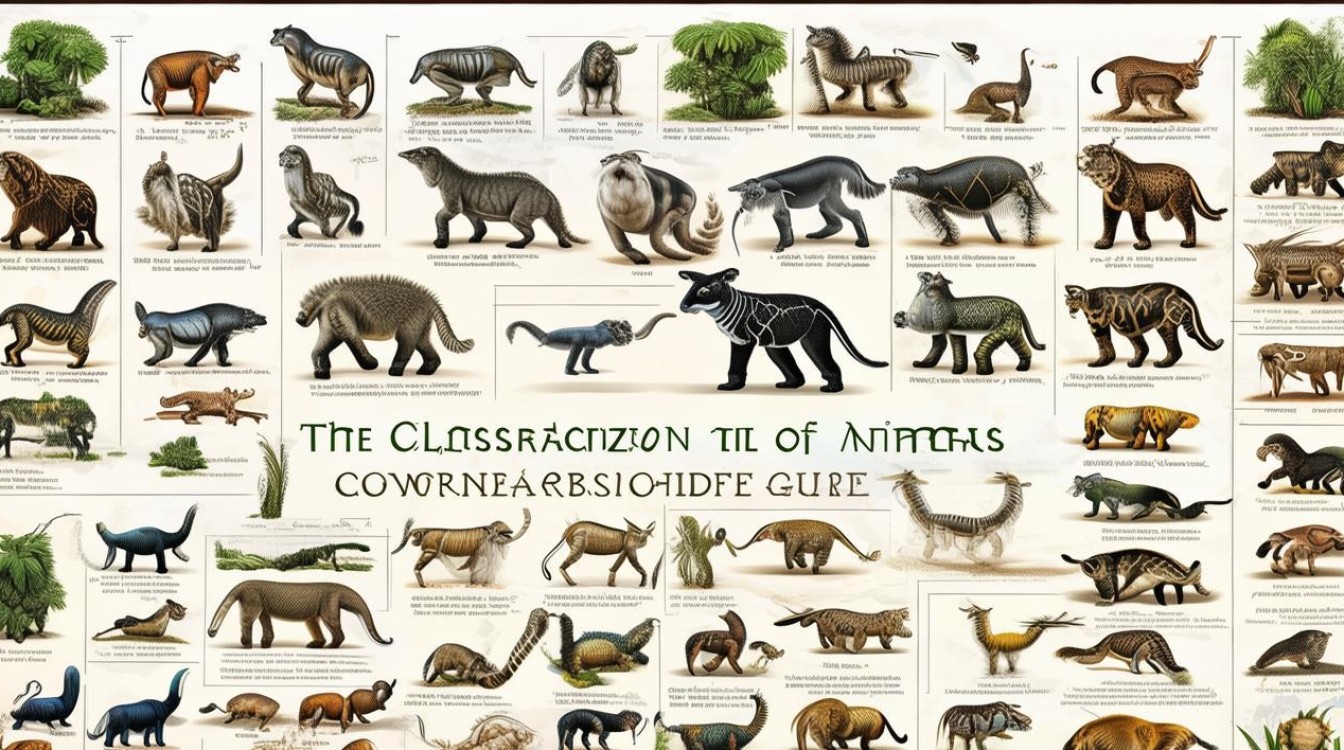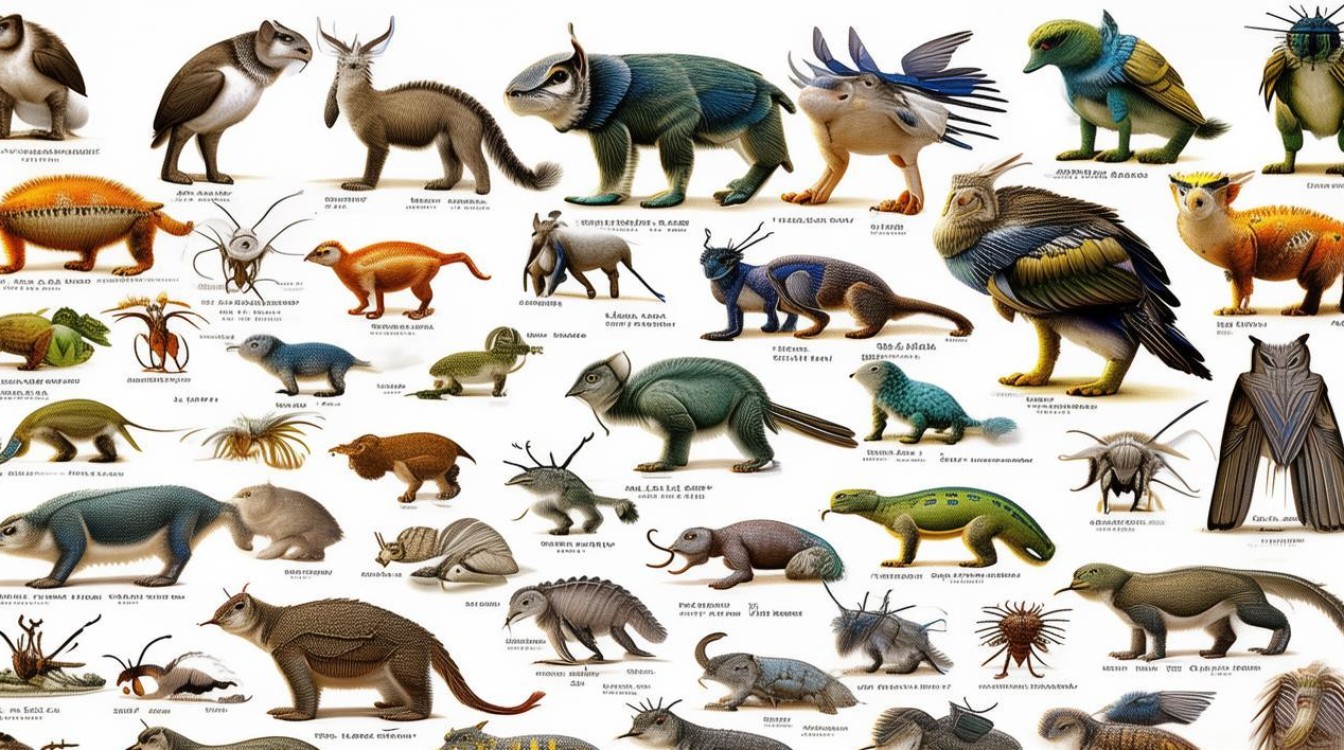The animal kingdom is vast and diverse, with millions of species inhabiting every corner of the planet. Understanding how animals are classified helps scientists and enthusiasts alike make sense of this incredible biodiversity. In this article, we’ll explore the major categories of animal classification, their defining characteristics, and why this system matters.

The Basics of Animal Classification
Animal classification, or taxonomy, organizes living organisms into groups based on shared traits. The system was pioneered by Carl Linnaeus in the 18th century and has evolved with modern science. The primary ranks include:
- Kingdom – The broadest category, separating animals from plants, fungi, and other life forms.
- Phylum – Groups animals by fundamental body plans (e.g., vertebrates vs. invertebrates).
- Class – Further divides phyla (e.g., mammals, birds, reptiles).
- Order – Refines classes into more specific groups (e.g., primates, rodents).
- Family – Clusters related genera (e.g., cats, dogs, bears).
- Genus – Groups closely related species.
- Species – The most specific level, identifying individual organisms.
This hierarchy ensures clarity and consistency in biological studies.
Major Animal Phyla
Chordata (Vertebrates)
Chordates possess a notochord, a dorsal nerve cord, and pharyngeal slits at some stage of development. This phylum includes:

- Mammals (Mammalia) – Warm-blooded, hair/fur-bearing animals that nurse their young (e.g., humans, whales, elephants).
- Birds (Aves) – Feathered, egg-laying vertebrates adapted for flight (e.g., eagles, penguins).
- Reptiles (Reptilia) – Cold-blooded, scaly animals (e.g., snakes, turtles).
- Amphibians (Amphibia) – Moist-skinned creatures like frogs, living both in water and on land.
- Fish (Actinopterygii, Chondrichthyes) – Aquatic vertebrates with gills (e.g., salmon, sharks).
Arthropoda (Invertebrates)
The largest phylum, arthropods have exoskeletons and jointed limbs. Key classes:
- Insects (Insecta) – Six-legged organisms like ants and butterflies.
- Arachnids (Arachnida) – Eight-legged species, including spiders and scorpions.
- Crustaceans (Crustacea) – Mostly aquatic (e.g., crabs, lobsters).
Mollusca (Mollusks)
Soft-bodied animals, often with shells:
- Gastropods – Snails and slugs.
- Bivalves – Clams, oysters.
- Cephalopods – Intelligent species like octopuses and squids.
Annelida (Segmented Worms)
Earthworms and leeches fall into this phylum, known for their ringed bodies.

Cnidaria (Jellyfish and Corals)
Radially symmetrical creatures with stinging cells, such as jellyfish and sea anemones.
Why Classification Matters
- Scientific Research – Taxonomy aids in studying evolutionary relationships.
- Conservation – Identifying species helps protect endangered animals.
- Education – Simplifies learning about biodiversity.
- Medicine – Understanding animal biology contributes to medical advancements.
Challenges in Classification
Modern genetics sometimes reshapes traditional categories. For example, DNA analysis has reclassified some species, proving that appearances can be deceiving.
Fun Facts About Animal Groups
- The blue whale, a mammal, is the largest animal ever.
- Insects outnumber all other animal species combined.
- Octopuses have three hearts and can solve puzzles.
Final Thoughts
Animal classification is more than labels—it’s a window into life’s complexity. Whether you’re a student, biologist, or nature lover, grasping these categories deepens appreciation for the natural world. As science advances, so will our understanding, revealing even more about the creatures we share the planet with.


